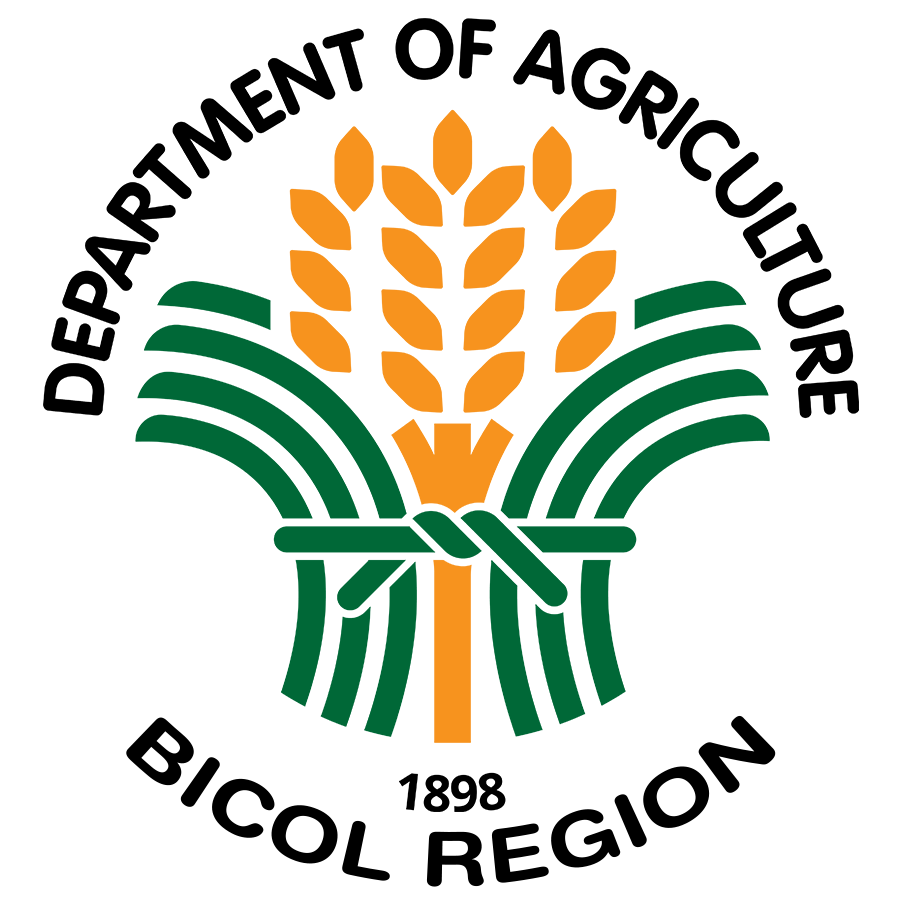The Corona Virus Disease 2019 (CoViD19) pandemic and the hot summer weather brought worry and anxiety to us all especially the farming sector. Farmers not only worry about their families but also the sustenance of their farm animals.
In Ligao City, 36 families in Barangay Basag were able to cope up and continued to sustain themselves through the Corn Silage Production of Palaya AgriVentures Corporation (PAC) because their farming operation did not stop since February 2019.
Erlin Nebreja shared that “dakulang tabang samo ining proyekto ta nagkaigwang trabaho kaming pamilya. Timing man na may krisis na inaatubang, an sakong duwang aki nagtatabang man asin nakadagdag sa income kan samong pamilya. Dai napundo an samuyang hanapbuhay.”
Farm Manager Jojo Elvira related that PAC President/COO Ignacio R. Colesio actually envisioned the company to help and empower farmers and their families. That is why PAC has established more than 700 hectares of new corn production areas in Camarines Sur, Albay and Camarines Norte.
Elvira said that the corn silage production of PAC provided hope to the farmers when the El Nino phenomenon in 2019 hit the region which affected the feed supply of the livestock farms in Bicol and CALABARZON. To save their corn crop, they processed it into silage in anticipation of the declining food supply of their animals.
It was a common practice of farmers to burn corn wastes like cobs, stalks and stubbles and this directly affects the environment. But with corn silage production, the wastes were processed as silage, thus, minimizing environmental degradation and at the same generating income for farmers.
Elvira said that the surrounding households in the community earn from planting, furrowing and harvesting corn in the 60-hectare area. Aside from providing employment to them, PAC encouraged them to plant their crops and vegetables in some vacant areas in the farm for their food sustenance. Some farmers even sell their excess harvest as additional source of income.
“Pinapabakal ko su mga sobra ming gulayon sa mga kataraid mi na itinanom mi sa mga bakanteng lote,” Michael Nebreja said while carrying a bag of corn silage towards the delivery truck.
Elvira shared the potential of corn silage production as an additional income of farmers. Farmers could do three croppings per year from planting corn for grain and silage production.
Corn silage production is one option for farmers to consider. It needs a lot of planning. Timing is very important since harvested corn for silage should be ensiled immediately after harvest. Equipment are necessary to reduce cost and enhance efficiency. Cattle, small ruminants and other livestock should be integrated in corn silage production as it will increase productivity and cost-effectiveness of the project.
Corn silage production will also enhance farmer’s resiliency to typhoons, heavy rains and drought that invariably destroy Bicolano farmer’s corn crops. This could be a game changer for corn farmers and livestock raisers as they could always have the option to harvest at 65-75 days after planting or harvest it as corn grain at 110-115 days after planting.
Livestock raisers can expand their population as silage corn is readily available.
“Actually, there is a strong demand for silage by farmers who raise goats, cattle and other ruminants. However, there is very little regular supply available,” Elvira added.
In order to increase production of corn silage, Colesio sought the assistance and intervention of the Department of Agriculture-Bicol (DA) and the National Dairy Authority-5 through farm mechanization and marketing, respectively.
DA-Bicol provided PAC with a mobile dryer, corn picker, tractors and water pumps to hasten their production efficiency and lessen production and post-harvest losses.
Meanwhile, NDA-5 needed 34,000 kgs of corn silage for their distribution program to dairy farmers in Bicol Region this year. PAC has provided the requirement.
Farmer Renel Palomillo of Albay Dairy Farmers Multi-Purpose Cooperative in Banao, Guinobatan said that this is their first time to receive corn silage from the NDA. The farmers, he said, will benefit from this assistance because their dairy animals will have food since their pastures were affected by the hot weather condition in their area.
The DA said that corn silage is a good alternative when there are no fresh grass and especially during the summer and rainy months which pose a challenge for livestock raisers.
According to the Bureau of Animal Research (BAR), silage is a fermented, high-moisture feed derived from various crops stored in silos or airtight plastic containers. Using the corn stalks that are 70 to 85 days old, it is packed in polyethylene bags with the air vacuumed out. The silage can be used for feed after two- three weeks of fermentation. Corn silage has low protein and high carbohydrate contents as compared to low carbohydrate and high protein content of grass. It is safe and good as animal feed because of its grain and fiber contents. It contributes to the increase in the production of milk of goats, cows and carabaos.
DA-Bicol Regional Executive Director Rodel P. Tornilla said that with corn silage, livestock raisers can increase their livestock animals because of its affordability and availability.
Elvira concluded that “PAC shares the same vision with the government for the livestock sector, and this can only be done through inclusive sustainable rural development projects that will provide decent income to our farmers that create industries that provide impetus for economic development.” (jaysonmgonzales)
